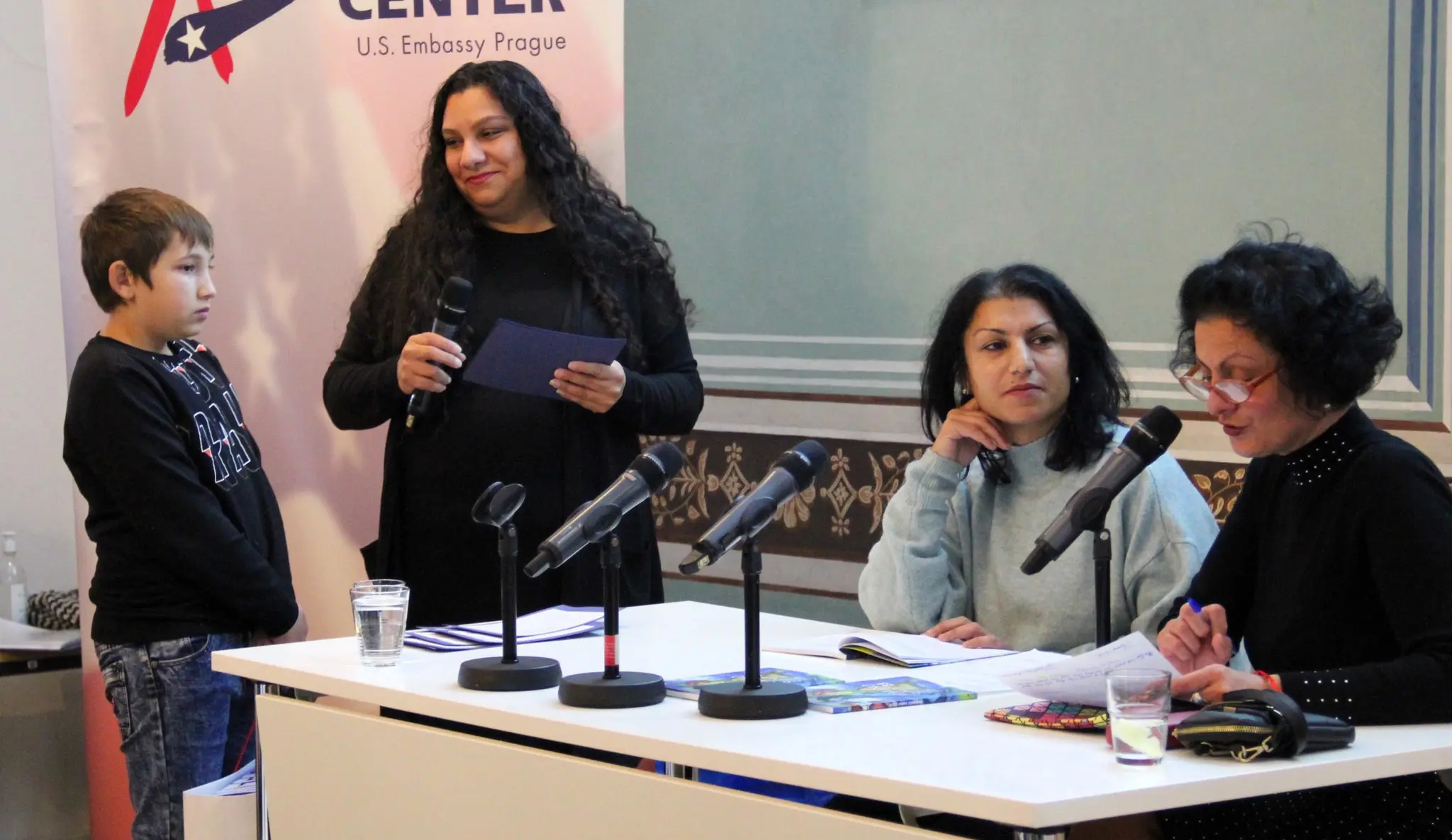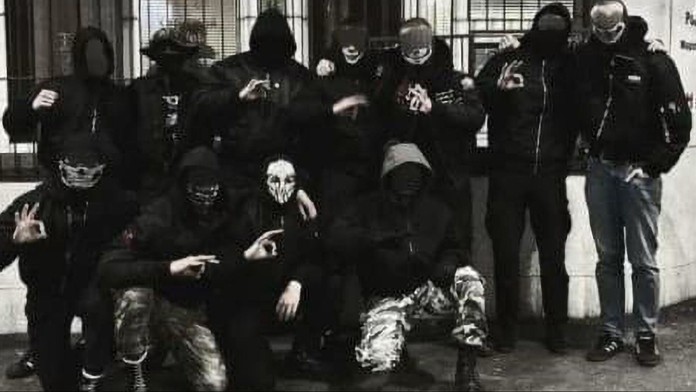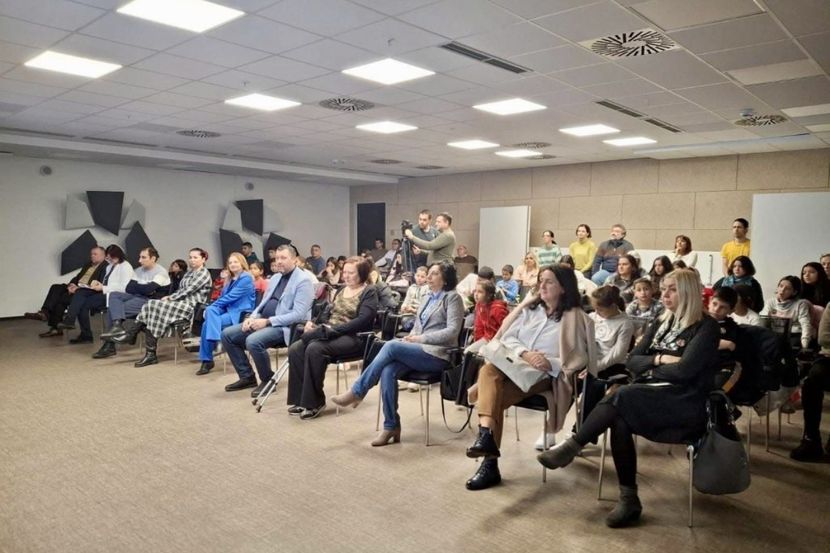The situation of many Rroma in different countries around Europe is closely connected to the sociological concept of “structural violence”. Structural violence is a term used by different social scientists to denote structures of repression of epistemological, political, economical and social nature, which keep the affected people from improving their livelihoods. In the case of Rroma, structural violence has the form of highly negative epistemological ascriptions, which hinder them from improving their circumstances, combined with a history of exclusion and disadvantage, which leave many of them in a kind of “devils circle” of hopelessness towards any major change. Paul Farmer defines ‘structural violence’ as follows:
“Structural violence is one way of describing social arrangements that put individuals and populations in harm’s way… The arrangements are structural because they are embedded in the political and economic organization of our social world; they are violent because they cause injury to people … neither culture nor pure individual will is at fault; rather, historically given (and often economically driven) processes and forces conspire to constrain individual agency. Structural violence is visited upon all those whose social status denies them access to the fruits of scientific and social progress (Farmer 1999: 79).
The concept is therefore closely linked to the notion of ‘agency’, which refers to the individual power of a single person in a social structure to perform his/her aspirations and affect his/her social environment. ‘Ageny’ also emanates from subjects, who are conditioned in the way they act, or perform an action. The idea that “the things they do are in some sense determined by the ways in which their identity has been constructed” (Ashcroft/Griffiths/Tiffin (2007: 6) refers to the idea that social possibilities of individuals or groups are linked to the identity fellow human beings ascribe them and the way people reconstruct their own identity between outside ascription and self-ascription of identity. In this reflections, it is important to consider that it is neither just individual agency and neither just the structure surrounding a person, that determines his/her destiny, but a complicated negotiation of the two. Bourdieu sees it as a dialectic between “externalizing ones agency”, and “internalizing the structure”, which is at work when constructing personal and group identity (Bourdieu 1990).
In the case of Rroma, the structure – with which I want to denote the structure of society as well as knowledge which society produces and emanates about the Rroma – is today clearly still the dominating factor in the relationship of agency and structure. Individual and group actions of Rroma have contributed to improve their situation in society, but negative stereotypes and prejudices still continue to dominate them so strongly, that many Rroma have to life with their identity as a burden, rather than be proud of their identity. It is the task of all mankind and political and economical leaders in particular, to change the relationship of agency and structure in such a way, that individual persons, no matter of what origin, don’t have to feel powerless because of the strong overweight of structure over individual agency. Fostering equal access to education, working possibilities and financial means can be a step towards achieving this goal.
As part of the institutionalized exclusion of Rroma in large parts of Western society, one can detect what Bauman calls the production of “human wate”, which is closely connected with the dangerous feeling of being redundant in and for society. Bauman pessimistically explains the feeling of humans who feel redundant in this world:
The others do not need you; they can do as well, and better, without you. There is no self-evident reason for being around and no justification for your claim to the right to stay around. To be declared redundant means to have been disposed of because of being disposable – just like the empty and not refundable plastic bottle or once-used syringe, an unattractive commodity with no buyers, or a substandard or stained product without use thrown off the assembly line by the quality inspectors. Redundancy shares its semantic space with ’rejects’, ’wastrels’, ’garbage’, ’refuse’ – with waste (Bauman 2004: 12).
This dangerous feeling of being disposable for society because of exclusion and repression from educational, economic and political possibilities has to be seen as an inherent and major part «structural violence». From Bauman’s (2004) viewpoint, the systematic exclusion of people is a vital part of modernity and it’s production of order. It is in its simplest form the result of economic processes, which differentiate between useful and un-useful humans for production and consumption. In it’s more complex forms, the production of order is a form of “state racism”, which is the systematic evaluation of knowledge about people and its subsequent re-ascription, in the form of the differentiation of “useful” and “un-useful humans”. This differentiation is amongst others based on the dominant “stories”, which are told about groups of people. In case of the Rroma, the dominant tale is one of negative stereotypes, of intentional criminality and deliberate unwillingness towards integration. This “tale” is so deeply rooted in European history, that is dominates realistic scientific knowledge and statistical knowledge about Rroma, which would paint a different picture of Rroma realities. Rroma Realities are complex, diverse, fragmented, individual stories, which evade simple reduction. This approval of complexity has been termed “the postmodern condition” by Jean Francois Lyotard. For the case of Rroma, it means to acknowledge that there is not “the Rrom” as simple as there is not such a thing as “the Swiss” of “the Italian”. Most Rroma speak the language Rromanes, but some don’t. Some Rroma are Christians, some are Muslims, some are part of other religions. A few engage in criminal activities, but most of them don’t. When wanting to understand the reality behind the stereotypes about Rroma, it is important to acknowledge that there is no simple answer to the question of how Rroma really are. An individual destiny can never been reduced to simple labels.
Sources:
- Ashcroft, Bill/Griffiths, Gareth/Tiffin, Helen (2007) Post-colonial studies. The key concepts. London/New York: Routledge Publisher.
- Bauman, Zygmunt (2004) Wasted Lives. Modernity and its outcasts. Cambridge: Polity Press.
- Bourdieu, Paul (1990), The Logic of Practice, Polity Press: Cambridge.
- Farmer, Paul (1999) Infections and Inequalities. The modern plagues. Berkeley: University of California Press.







